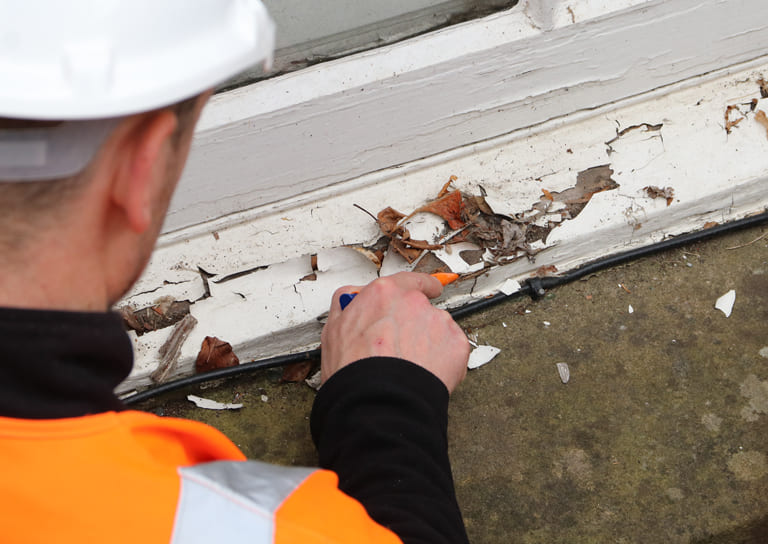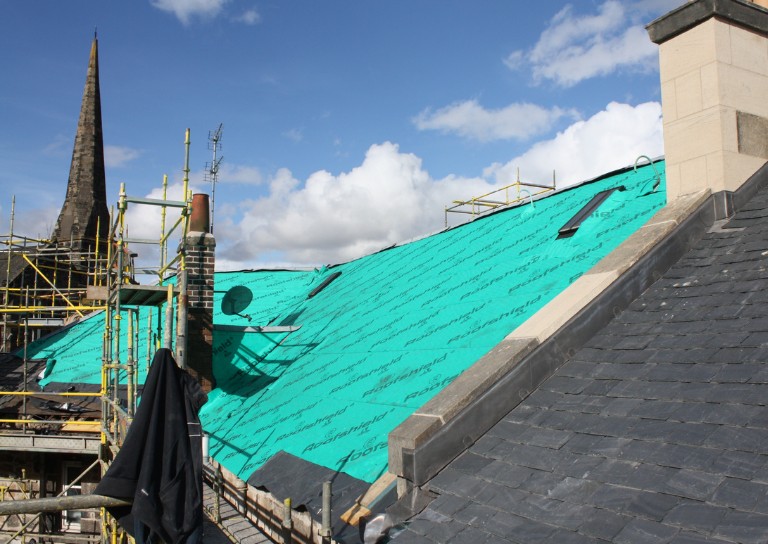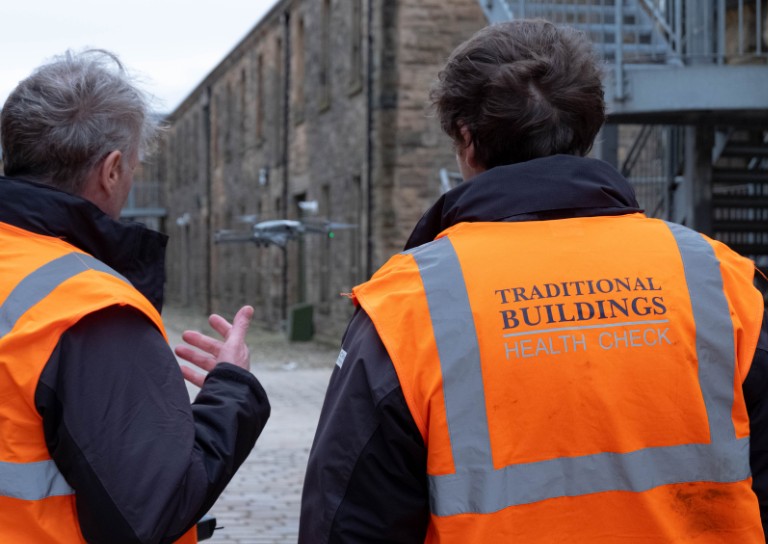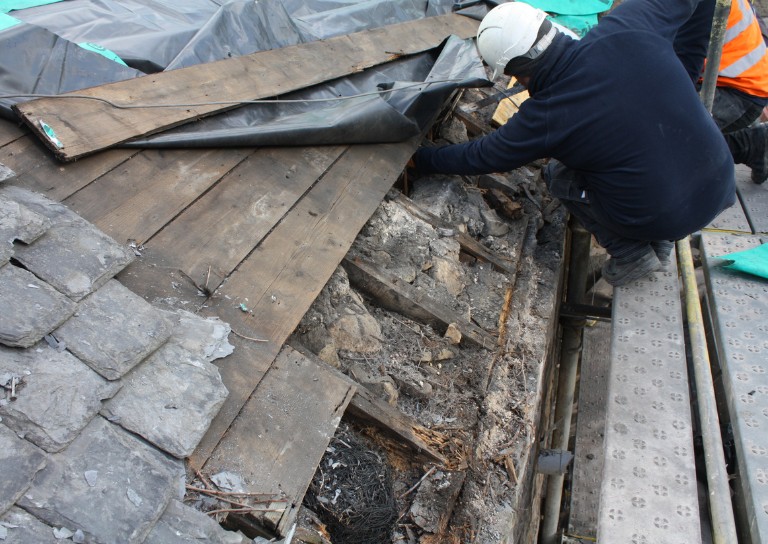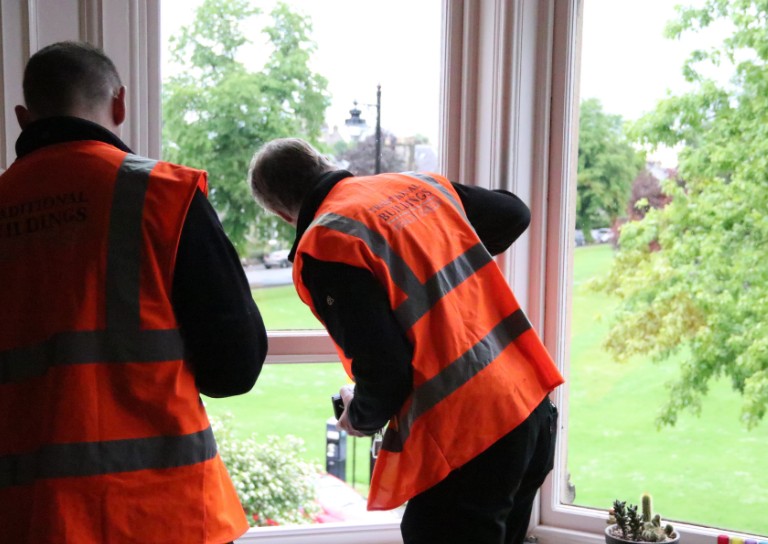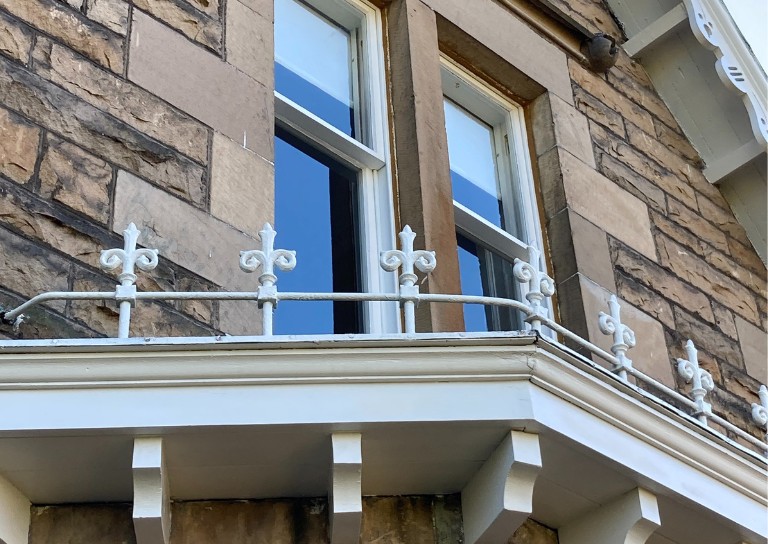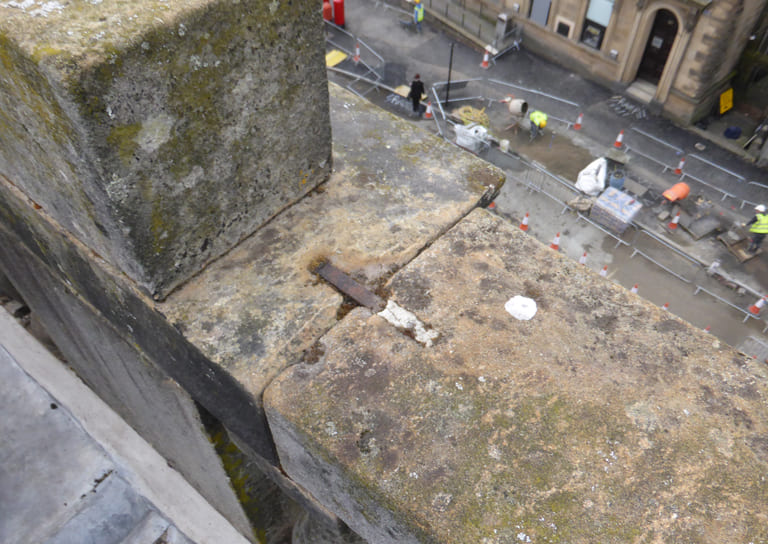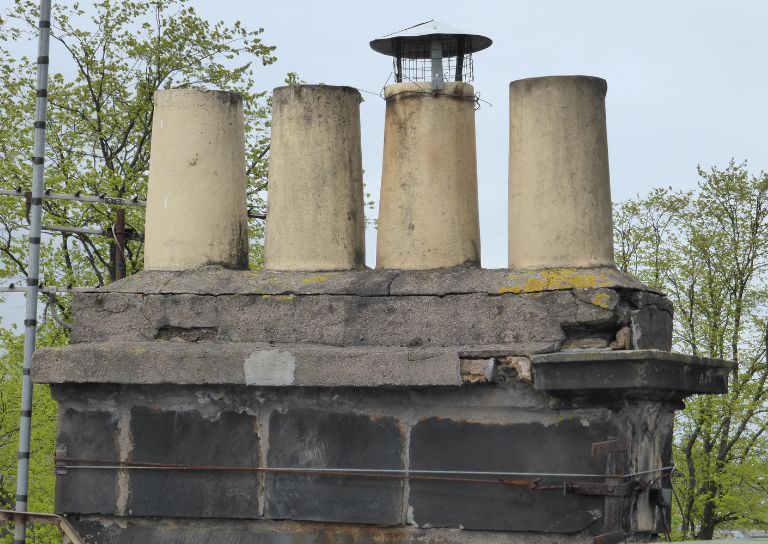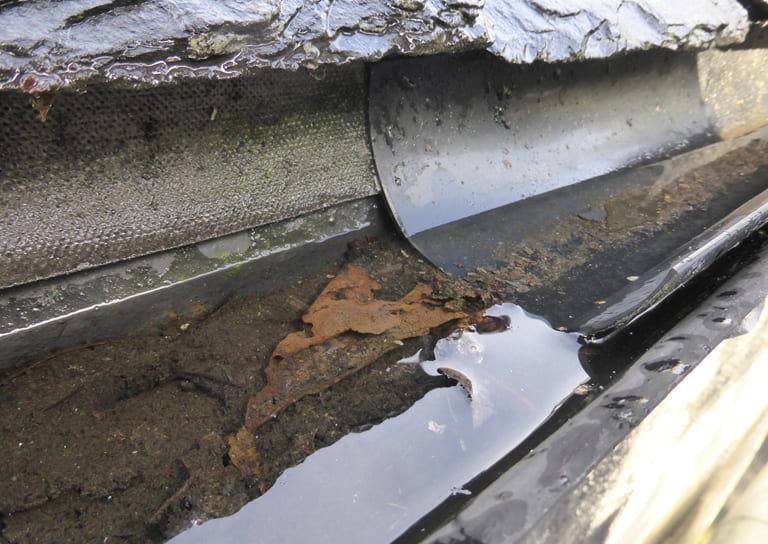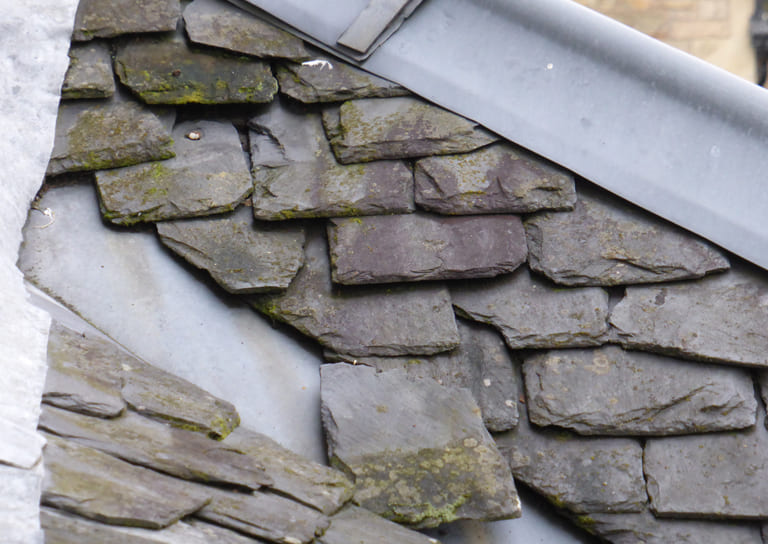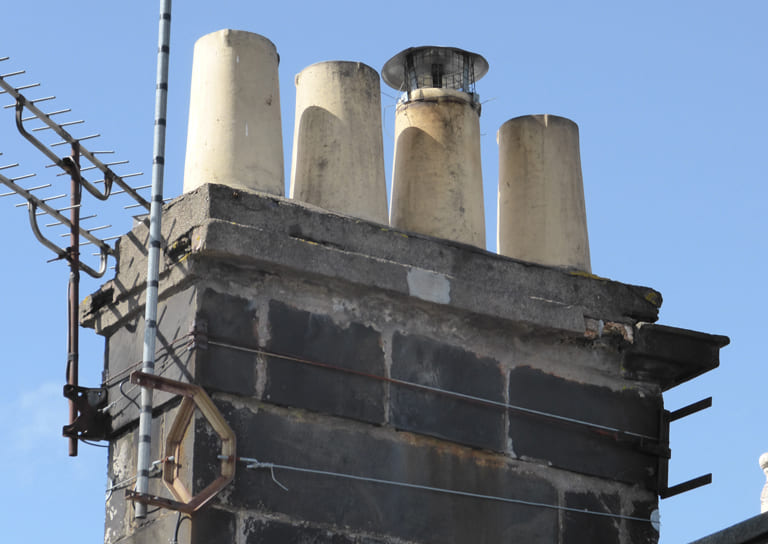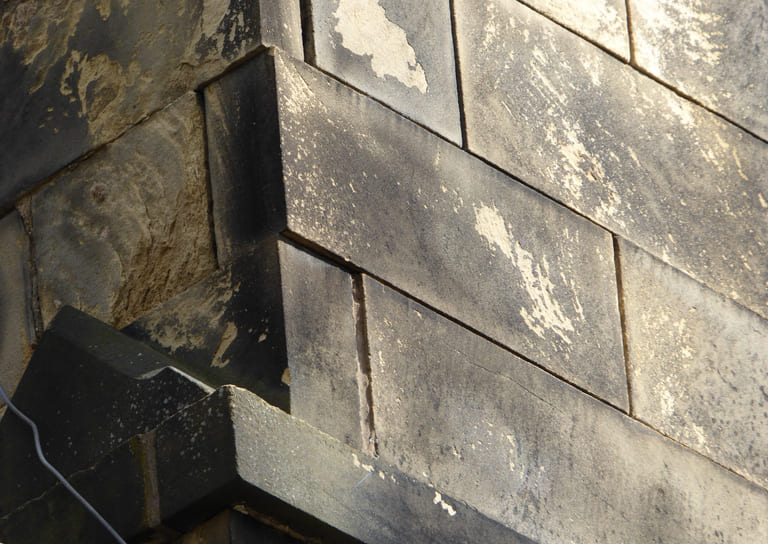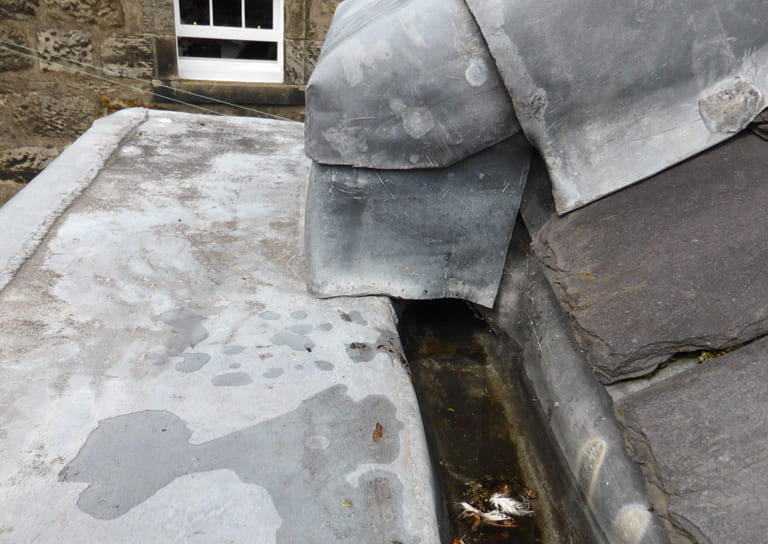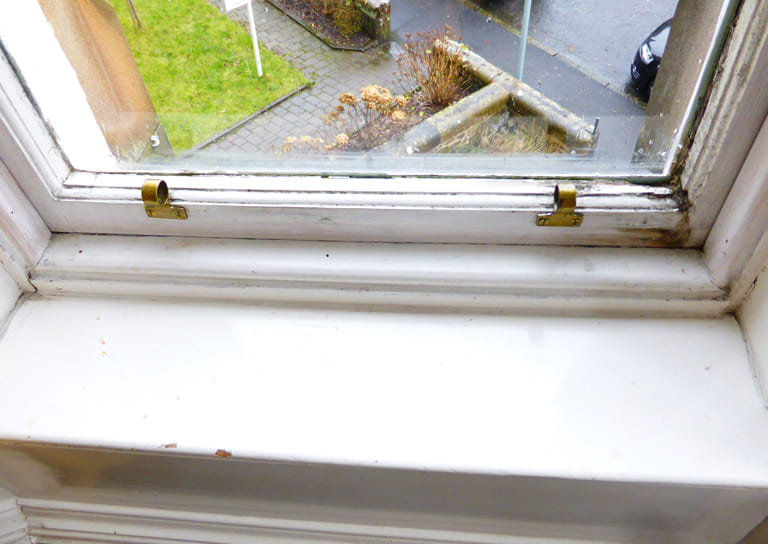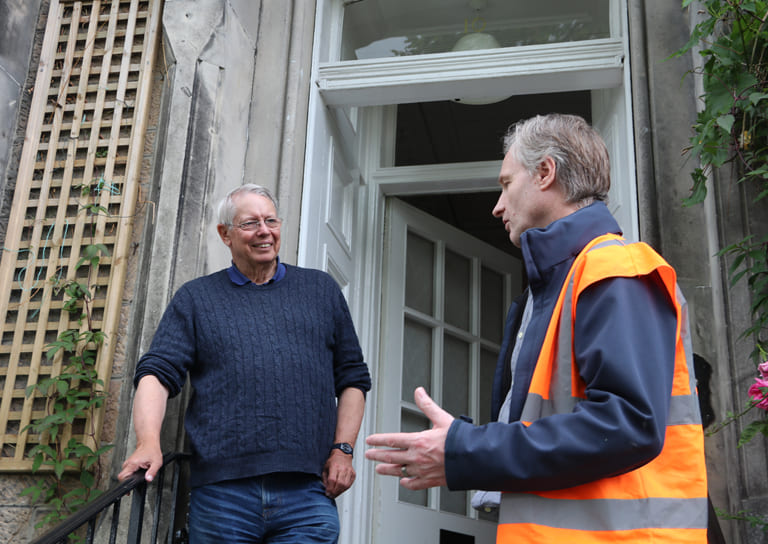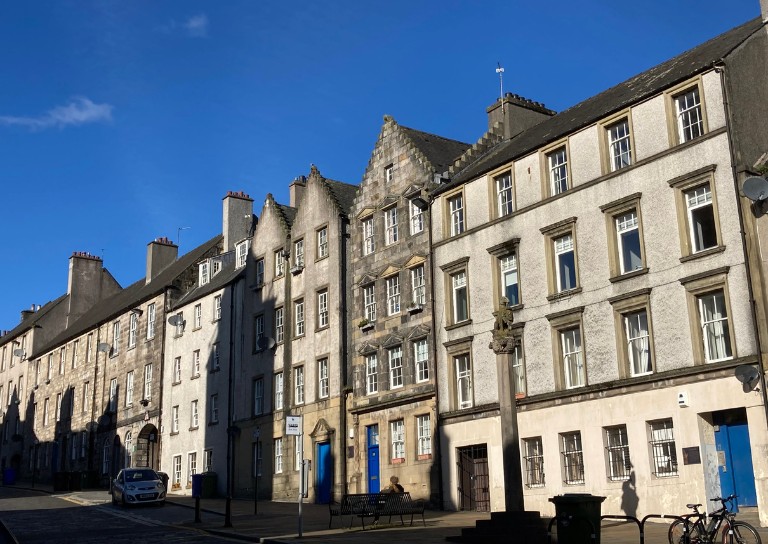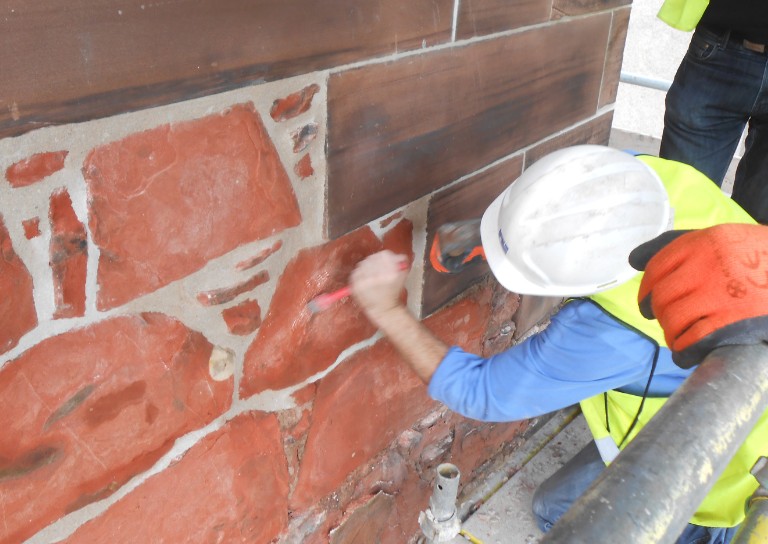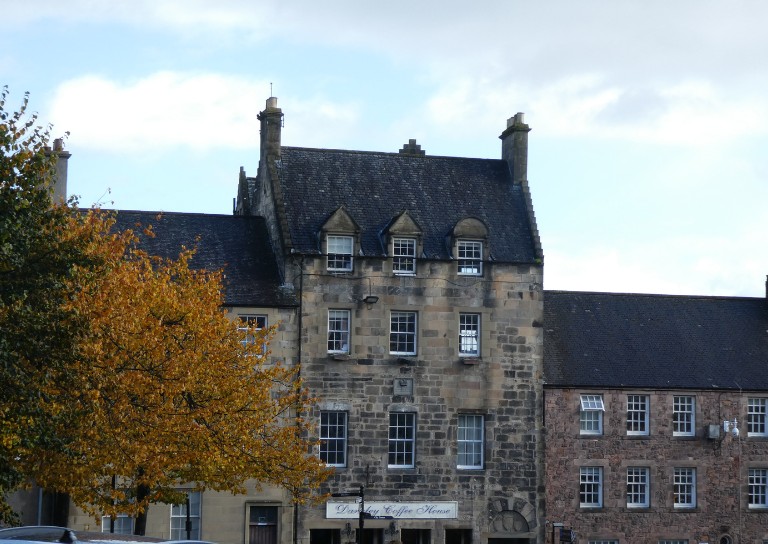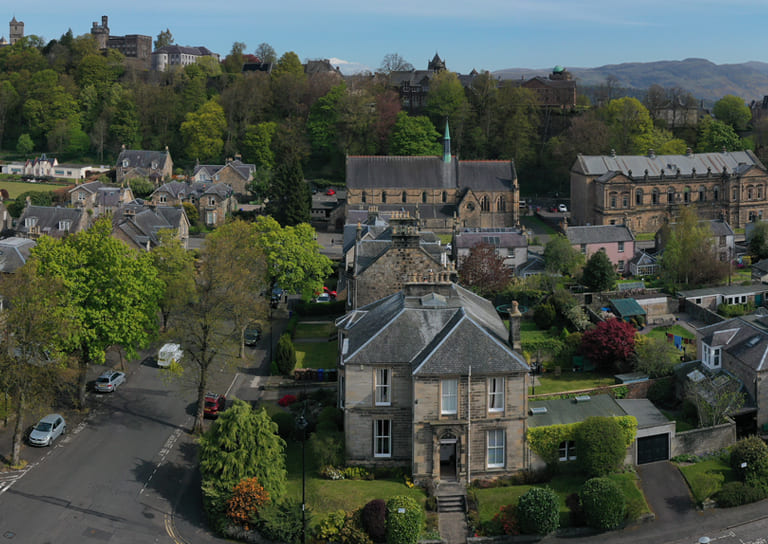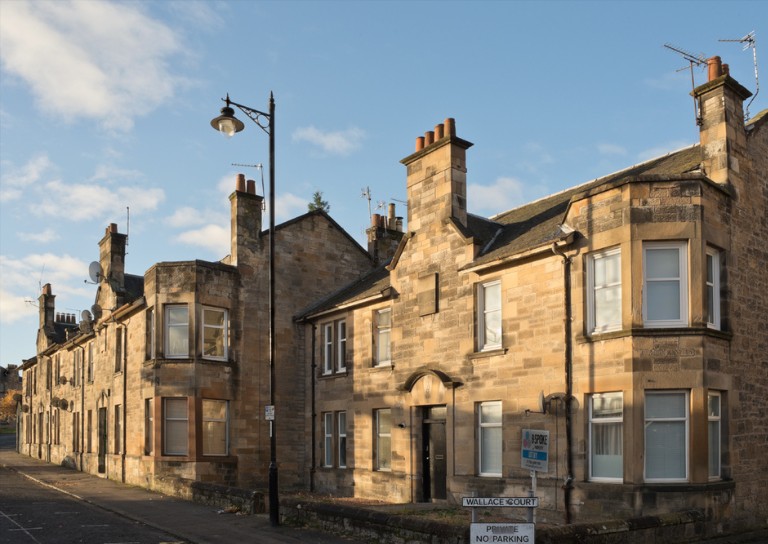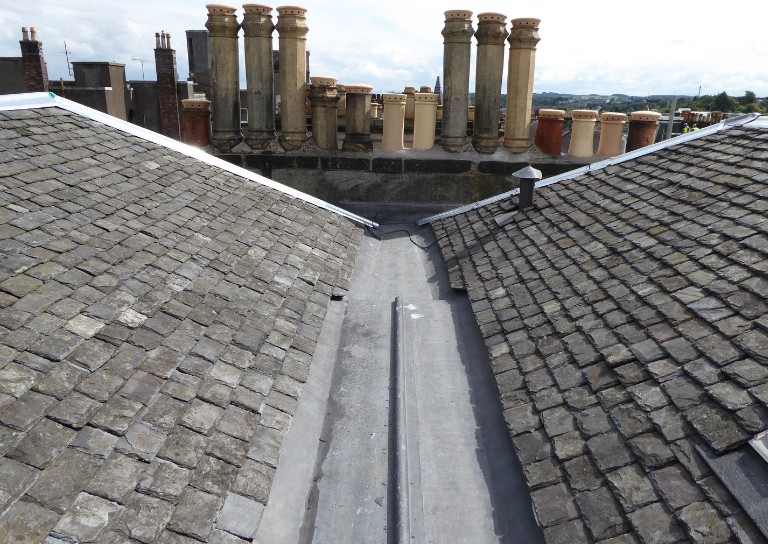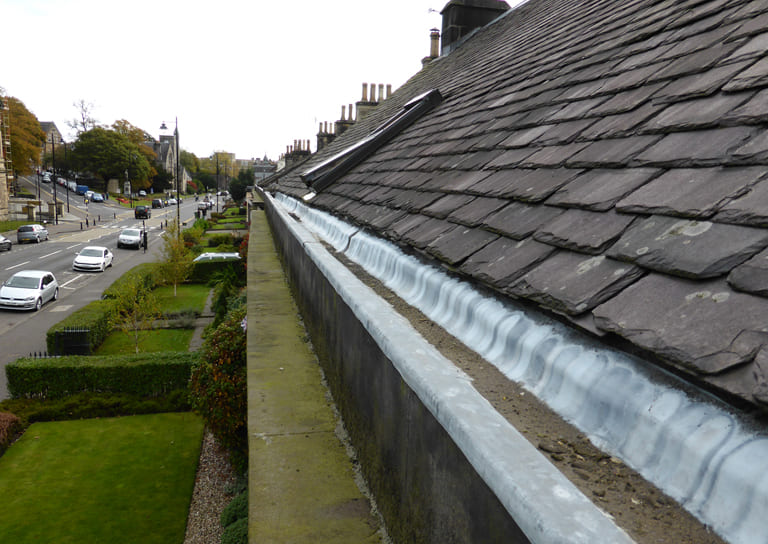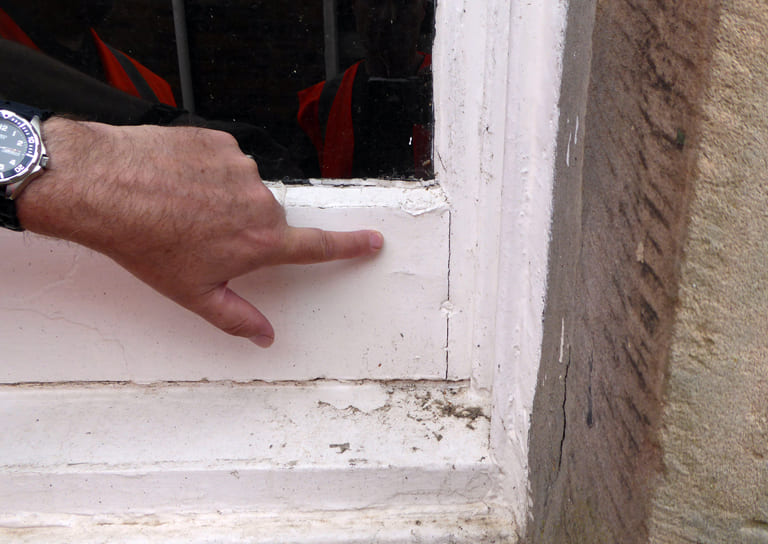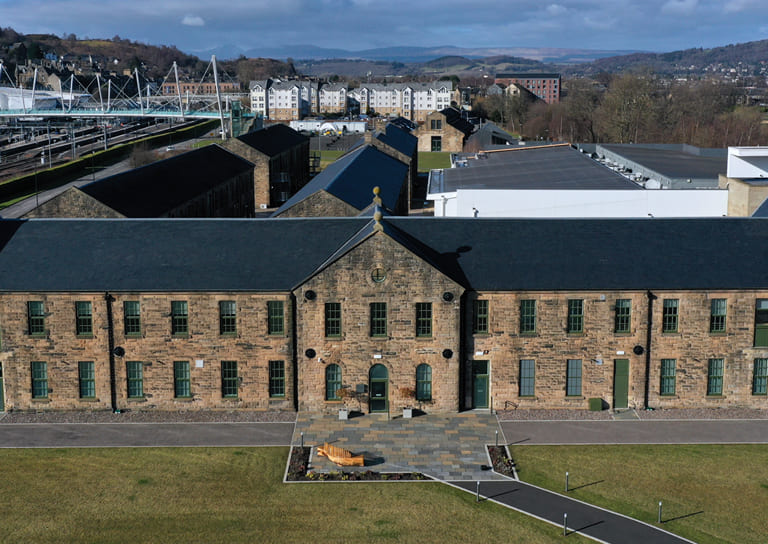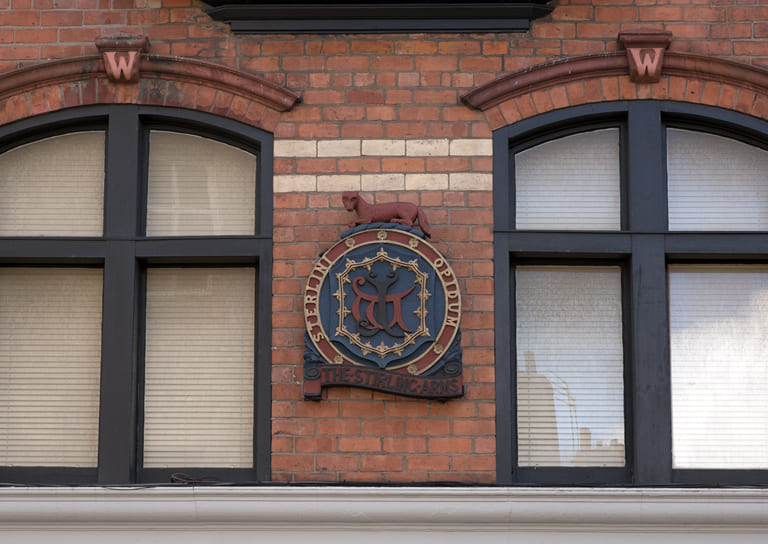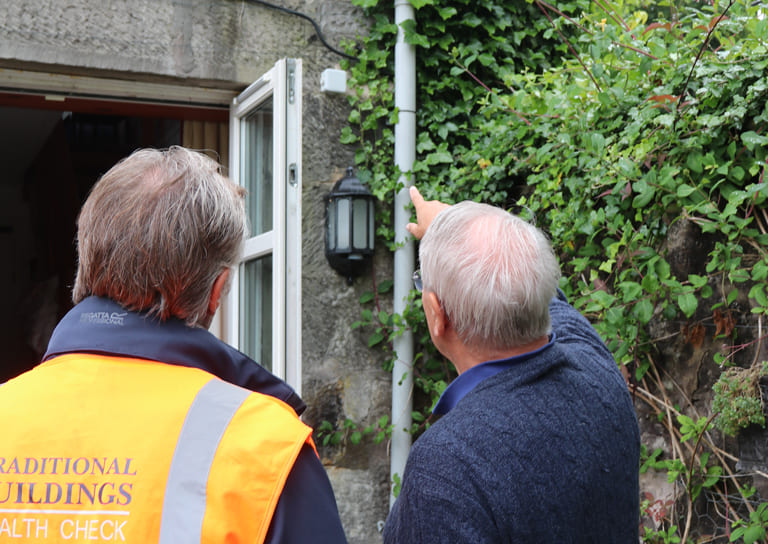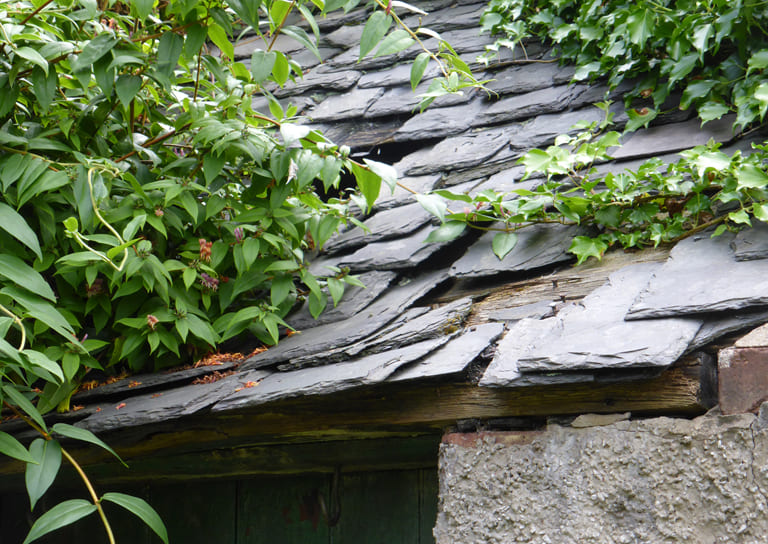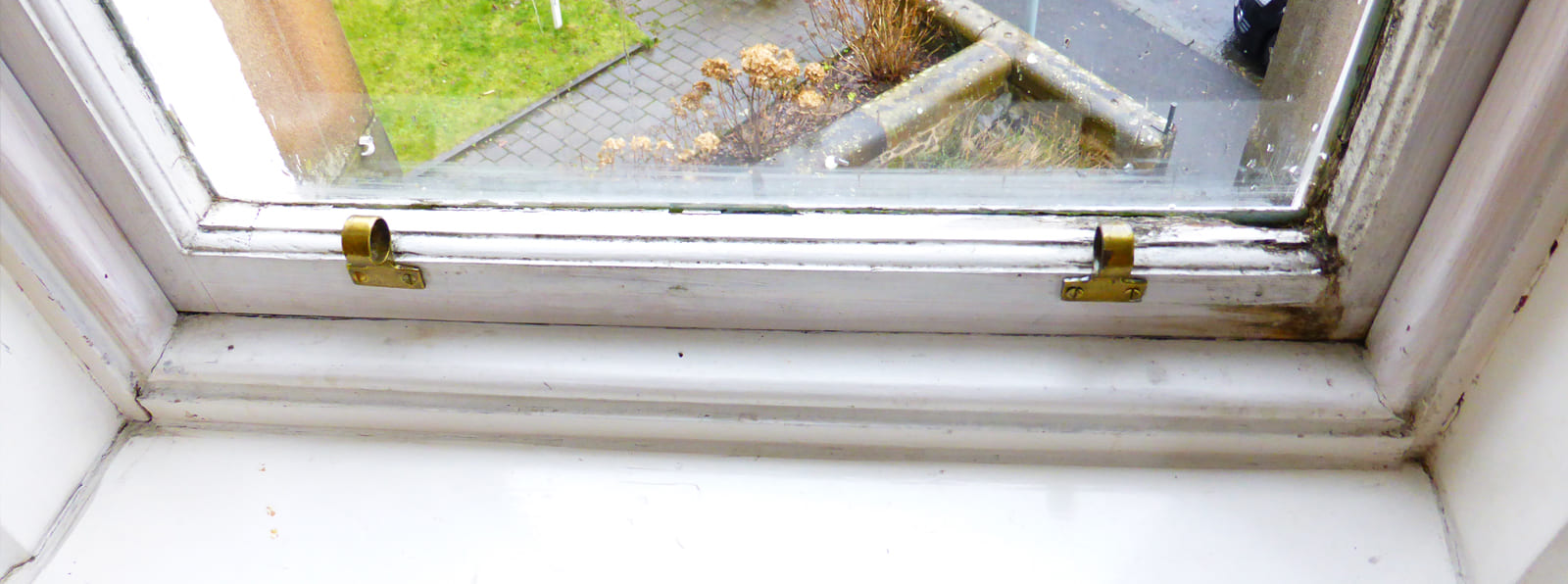External joinery in older buildings
Traditional buildings use timber for a number of elements including windows, doors, decorative panels and fascias/ soffits. Older buildings use slower grown timber so it is generally of a higher quality than can be sourced today. An experienced joiner can often repair timber elements and there is rarely a need for wholesale replacement. This is cheaper and also retains historic elements of your building which are important for the aesthetic of the building.
Joinery check list
- Paint external timber regularly with good quality paint
- Check regularly for split, blistering or missing paint and sand back and repaint
- Ensure windows and doors are in good working order- see the advice of an experienced joiner to overhaul them if required
- Avoid replacement and repair instead, a cheaper option which is better for your building
Timber Sash and Case Windows
Sash and case windows: History
The first examples of vertical sliding sash and case windows, with weights and pulleys designed to aid movement, have been dated to the latter part of the 17th century. Sash and case windows are simple in concept and yet sophisticated in operation. They provide natural air flow and temperature control in your building, whilst remaining securely in place. Historic Environment Scotland have published a book about the history of windows in ‘Development of Sash Windows’.
If well maintained, a timber window will last for many years, much longer than upvc windows which have a very limited life and which cannot be repaired. The HES Inform Guide ‘Maintaining Sash & Case Windows’ and Short Guide: Sash and Case Windows provide further information.
Common sash and case window problems to look for
Timber Doors
Like windows, original timber doors can be effectively repaired. Often constructed of high quality timber, storm doors (which have two leaves) and standard panelled doors are an important part of the history and aesthetic of a traditional building.
The HES Inform Guide ‘External Timber Doors’ can provide further information.
Other External Joinery
Your building may have decorative bargeboards, timber soffits at eaves level and other timber features. These may be structural or decorative. It is essential that these are regularly painted and checked for rot or damp. Maintaining other building elements such as rainwater goods and the roof can all help to protect timber elements.
Common Problems with other external joinery
What you can do
- Regular paint to defend against the elements and decay.
- If your sash & case windows are in need of repair or draughty, don’t consider replacement as the first option. Wholesale replacement is likely to be unnecessary and costly, and most window defects can be resolved by repair of individual components rather than the entire window. Repairing your windows will retain the original look of your house and be kind to the environment.
- If you have internal shutters, you should consider restoring these. They are very effective in retaining heat in your building. See the HES Inform Guide ‘Timber Window Shutters’.
- Contact the TBHC team for help and advice on how to tackle repairs and appointing of a suitable contractor.
If you are considering works to your traditional joinery you may need listed building consent or planning permission if your building is located in a Conservation Area. The Stirling Council Supplementary Guidance on Windows and Doors can provide guidance on this or contact the Planning Authority for advice.

